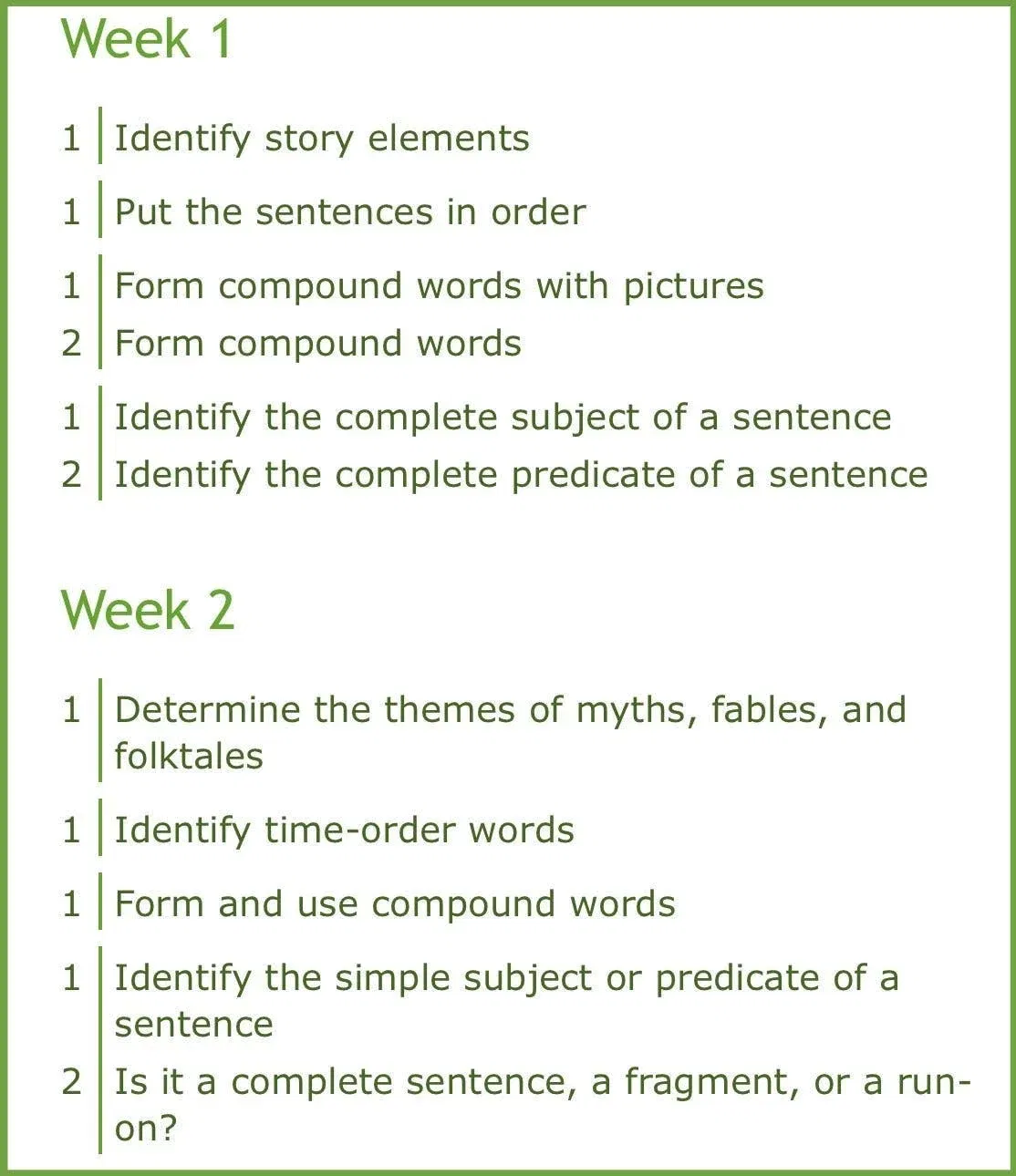U.S. Department of Education Crowd-source Idea

Imagine if the U.S. Department of Education treated lesson plans like viral content challenges. The idea: crowdsource short, punchy one-minute videos for every K–12 lesson. Offer $10K prizes per topic and let teachers battle it out on TikTok, YouTube, and Instagram for glory (and cash).
Why This Works
- Gamifies creation: Rewards pull in massive participation.
- Crowdsourced quality: Competition naturally filters the best.
- Habit stacking: Students already scroll short-form content—this meets them there.
- Tiny cost, giant impact: 0.003% of the education budget fuels global reach.
- Discovery of talent: Hidden “teacher influencers” emerge fast.
Real-World Examples
- XPRIZE used cash competitions to solve science problems.
- DARPA’s open challenges produced real tech breakthroughs.
- My First Million’s $5K clip contest gave them hundreds of viral videos.
- Duolingo leans on user-generated TikToks to pull 20M+ monthly active learners.